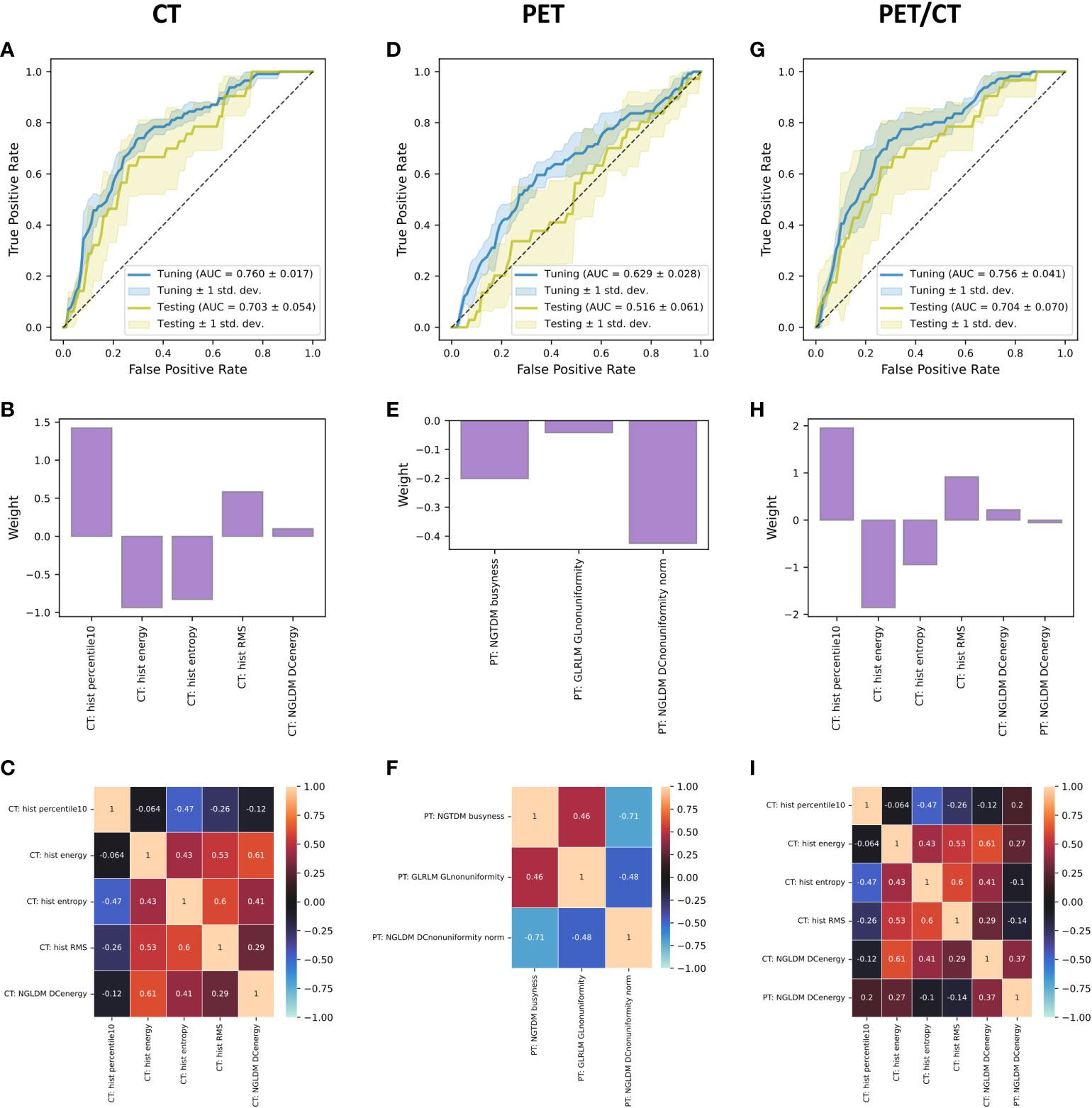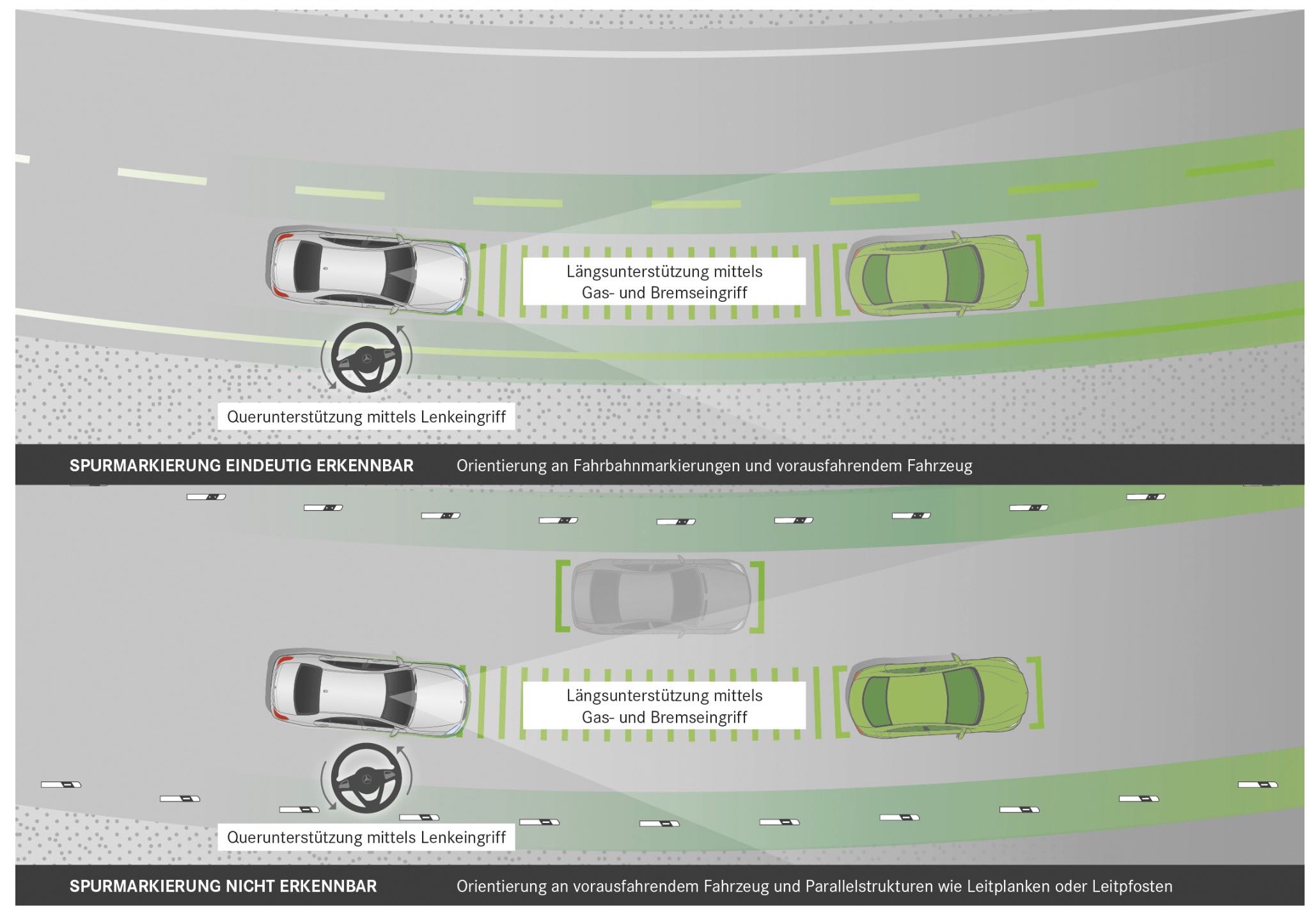I’m a board-certified Radiation Oncologist and Developer with a strong interest in
Immunotherapy & Radiotherapy
Combined radiotherapy and immunotherapy and clinical research in Radiation Oncology
Data Science & Computational Models
Models calculating the radiation dose to circulating lymphocytes within the patients bloodstream
Radiomics, Machine Learning & AI
Prediction of pseudoprogression, hyperprogression and survival in patients with metastatic melanoma
DLT & Cloud Computing
Strong experience in the area of distributed ledger technology and cloud computing
ADAS & Autonomous Driving
Activation and optimization of advanced driver assistance system functions
Adventuring The World
Alaska, Vietnam and Patagonia two-up offroad motorcycling and northern lights and Nordkapp in Norway
Immunotherapy & Radiotherapy
Abscopal effects of radiotherapy and combined mRNA-based immunotherapy
Despite continuous scientific efforts, the possibilities to treat large, advanced tumors are still limited. Especially tumor metastasis, which is the main cause of cancer death, and tumor immune evasion represent major challenges of cancer treatment.
Radiotherapy may overcome the immunosuppressive tumor microenvironment by enhancing perfusion and oxygenation of the tumor and releasing tumor-associated antigens from apoptotic or necrotic tumor cells. In addition, radiotherapy fosters expression of MHC Class I molecules on tumor cells. Together, this leads to increased immune cell infiltration into and immune cell activation in the tumor.
Anecdotal clinical reports suggest that local tumor irradiation alone may also exert systemic or abscopal anti-tumor immune effects with subsequent control of non-irradiated metastases. This study used a syngeneic mouse model with a primary irradiated and a secondary non-irradiated tumor to study abscopal effects of local radiotherapy combined with RNActive® vaccination.
Dosimetric analysis of local failures in skull-base chordoma and chondrosarcoma following pencil beam scanning proton therapy
Despite combined modality treatment involving surgery and radiotherapy, a relevant proportion of skull-base chordoma and chondrosarcoma patients develop a local recurrence (LR). This study aims to analyze patterns of recurrence and correlate LR with a detailed dosimetric analysis.
222 patients were treated with proton radiotherapy for chordoma (n = 151) and chondrosarcoma (n = 71) at the PSI between 1998 and 2012. All patients underwent surgery, followed by pencil-beam scanning proton therapy to a mean dose of 72.5 ± 2.2GyRBE. A retrospective patterns of recurrence analysis was performed: LR were contoured on follow-up MRI, registered with planning-imaging and the overlap with initial target structures (GTV, PTVhigh-dose, PTVlow-dose) was calculated. DVH parameters of planning structures and recurrences were calculated and correlated with LR using univariate and multivariate cox regression.
This study identified DVH parameters, which are associated with the risk of local recurrence after proton therapy using pencil-beam scanning for patients with skull-base chordoma and chondrosarcoma.

SBRT for oligoprogressive oncogene addicted NSCLC
Lung cancer is one of the leading causes of cancer death in men and women and treatment outcome continues to lag behind other common cancer types. A subset of lung adenocarcinoma patients exhibit a somatic mutation in EGFR or an ALK rearrangement. In these patients, targeted TKI therapy results in higher response rates, improved PFS and reduced side effects compared with platinum-based chemotherapy.
Despite initial activity of the TKIs, ultimately all patients present with disease progression after about a year on TKI therapy due to resistance development. About 15-47% of patients present with limited oligoprogressive disease (OPD): such patients show only a limited number of metastases with progression in radiological imaging. Radical local treatment to all oligoprogressive lesions is thought to eradicate the de-differentiated clones and restore overall sensitivity of the metastatic disease. Retrospective studies suggest that aggressive local treatment using stereotactic body radiotherapy (SBRT), surgery or others can be used to eradicate TKI-resistant subpopulations enabling prolonged TKI treatment "beyond progression", which may lead to increased PFS and overall survival.
This review focuses on the biological background of resistance development, systemic and local treatment options with a focus on SBRT, as well as challenges in defining the state of OPD and current clinical studies in oligoprogressive oncogene addicted NSCLC.

Data Science & Computational Models
Modelling the immunosuppressive effect of liver SBRT by simulating the dose to circulating lymphocytes: an in-silico planning study
Tumor immune-evasion and associated failure of immunotherapy can potentially be overcome by radiotherapy, which however also has detrimental effects on tumor-infiltrating and circulating lymphocytes (CL). We therefore established a model to simulate the radiation-dose delivered to CL.
A MATLAB-model was established to quantify the CL-dose during SBRT of liver metastases by considering the factors: hepatic blood-flow, −velocity and transition-time of individual hepatic segments, as well as probability-based recirculation. The effects of intra-hepatic tumor-location and size, fractionation and treatment planning parameters (VMAT, 3DCRT, photon-energy, dose-rate and beam-on-time) were analyzed. A threshold dose ≥0.5Gy was considered inactivating CL and CL0.5 (%) is the proportion of inactivated CL.
A simulation-model was established, quantifying the strong effects of treatment-technique, tumor-location and tumor-volume on dose to CL with potential implications for immune-optimized treatment-planning in the future.
A tumor-immune interaction model for hepatocellular carcinoma based on measured lymphocyte counts in patients undergoing radiotherapy
The impact of radiation therapy on the immune system has recently gained attention particularly when delivered in combination with immunotherapy. However, it is unclear how different treatment fractionation regimens influence the interaction between the immune system and radiation. The goal of this work was to develop a mathematical model that quantifies both the immune stimulating as well as the immunosuppressive effects of radiotherapy and simulates the effects of different fractionation regimens based on patient data.
The framework describes the temporal evolution of tumor cells, lymphocytes, and inactivated dying tumor cells releasing antigens during radiation therapy, specifically modeling how recruited lymphocytes inhibit tumor progression. The parameters of the model were partly taken from the literature and in part extracted from blood samples (circulating lymphocytes: CLs) collected from hepatocellular carcinoma patients undergoing radiotherapy and their outcomes. The dose volume histograms to circulating lymphocytes were calculated with a probability-based model.
Based on the fitted parameters, the model enabled a study into the depletion and recovery of CLs in patients as a function of fractionation regimen. Our results quantify the ability of short fractionation regimens to lead to shorter periods of lymphocyte depletion and predict faster recovery after the end of treatment. The model shows that treatment breaks between fractions can prolong the period of lymphocyte depletion and should be avoided.
Radiomics, Machine Learning & AI
Radiomics, Tumor Volume, and Blood Biomarkers for Early Prediction of Pseudoprogression in Patients with Metastatic Melanoma Treated with Immune Checkpoint Inhibition
Immune checkpoint inhibitors (ICI) have revolutionized the treatment of patients with metastatic melanoma. However, more than 50% of patients do not respond to ICI. ICI response assessment is challenging, as novel response patterns, such as pseudoprogression (PP) are not considered in the response evaluation criteria in solid tumors (RECIST 1.1).
An increase in tumor volume could be based on either true progressive disease (TPD) or on influx of immune-competent cells (PP). Early differentiation of PP and TPD is highly relevant in daily clinical decision-making, and predictive biomarkers are needed for better patient selection. We could identify 2[18F]fluoro-2-deoxy-D-glucose–positron emission tomography/CT-based radiomic and delta-radiomic features as novel imaging markers for early differentiation of PP from TPD. In addition, we could show that the routine blood markers LDH and S100 can contribute to PP prediction.
A multimodality approach of combined radiomics and blood marker–based prediction model at an early time-point of 3 months yielded the best performance. Thereby, added toxicity or delayed treatment switch in patients with metastatic melanoma treated with ICI might be potentially avoided.
PET/CT radiomics for prediction of hyperprogression in metastatic melanoma patients treated with immune checkpoint inhibitors
This study evaluated pretreatment 2[18F]fluoro-2-deoxy-D-glucose (FDG)-PET/CT-based radiomic signatures for prediction of hyperprogression in metastatic melanoma patients treated with immune checkpoint inhibition (ICI).
Fifty-six consecutive metastatic melanoma patients treated with ICI and available imaging were included in the study and 330 metastatic lesions were individually, fully segmented on pre-treatment CT and FDG-PET imaging. Lesion hyperprogression (HPL) was defined as lesion progression according to RECIST 1.1 and doubling of tumor growth rate. Patient hyperprogression (PD-HPD) was defined as progressive disease (PD) according to RECIST 1.1 and presence of at least one HPL. Patient survival was evaluated with Kaplan-Meier curves. Mortality risk of PD-HPD status was assessed by estimation of hazard ratio (HR). Furthermore, we assessed with Fisher test and Mann-Whitney U test if demographic or treatment parameters were different between PD-HPD and the remaining patients. Pre-treatment PET/CT-based radiomic signatures were used to build models predicting HPL at three months after start of treatment. The models were internally validated with nested cross-validation. The performance metric was the area under receiver operating characteristic curve (AUC).
FDG-PET/CT-based radiomic signatures yield potential for pretreatment prediction of lesion hyperprogression, which may contribute to reducing the risk of delayed treatment adaptation in metastatic melanoma patients treated with ICI.

Improved Survival Prediction by Combining Radiological Imaging and S-100B Levels Into a Multivariate Model in Metastatic Melanoma Patients Treated With Immune Checkpoint Inhibition
We explored imaging and blood bio-markers for survival prediction in a cohort of patients with metastatic melanoma treated with immune checkpoint inhibition.
94 consecutive metastatic melanoma patients treated with immune checkpoint inhibition were included into this study. PET/CT imaging was available at baseline (Tp0), 3 months (Tp1) and 6 months (Tp2) after start of immunotherapy. Radiological response at Tp2 was evaluated using iRECIST. Total tumor burden (TB) at each time-point was measured and relative change of TB compared to baseline was calculated. LDH, CRP and S-100B were also analyzed. Cox proportional hazards model and logistic regression were used for survival analysis.
Our analysis shows only a weak correlation between LDH and TB. Additionally, baseline TB was not a prognostic factor in our cohort. A multivariate model combining early blood and imaging biomarkers achieved the best predictive power with regard to survival, outperforming iRECIST.

DLT & Cloud Computing
Digital Ledger Technology (DLT)
I have a strong experience in the field of distributed ledger technologies since 2017. This includes Decentralized Finance (DeFi), non-fungible token (NFT) and DAO activity on multiple different blockchain networks, as well as audit trail, data integrity and document timestamping experience on the Ethereum Blockchain.
I'm very interested in pursuing my interest in this field and potentially combining it with my experience in the healthcare and academic research sectors.

Cloud Computing
Over the last decade, I have simultaneously managed multiple hundreds of virtual private servers (VPS) via remote Cluster-SSH connections for various purposes including audit trails, data integrity, document timestamping, web hosting and VPN connection management.
I have experience with multiple different cloud computing providers, including Amazon Web Services (AWS), Microsoft Azure, Google Cloud Platform (GCP), Oracle Cloud Infrastructure (OCI), Hetzner, Vultr, Linode and Digital Ocean.

ADAS & Autonomous Driving
Advanced Driver Assistance Systems (ADAS)
I'm very interested in advanced driver assistance systems and have optimized existing and activated additional functions on Mercedes-Benz models.
This includes route-based speed adaptation activation in models which did not support this function yet, automatic lane-change assist in models where this function has been blocked due to regulatory reasons, adaptation of the maximum steering angle for the active steering assist, distronic speed limit offset, extensions of the hands-off steering wheel warning from 15 to 60 seconds and other adaptations.
Autonomous Driving
I'm following the development of autonomous vehicles very closely and am interested in testing and comparing new models of different vendors.
Full autonomous driving seems to always be 5 years away from the present time according to the manufacturers and developers, which would will probably shift it into the 2030s. Still there are a lot of interesting projects including open-source projects such as OpenPilot which can even be used and activated on hundreds of older and newer existing vehicles (apart from Flexray Vehicles).

















































